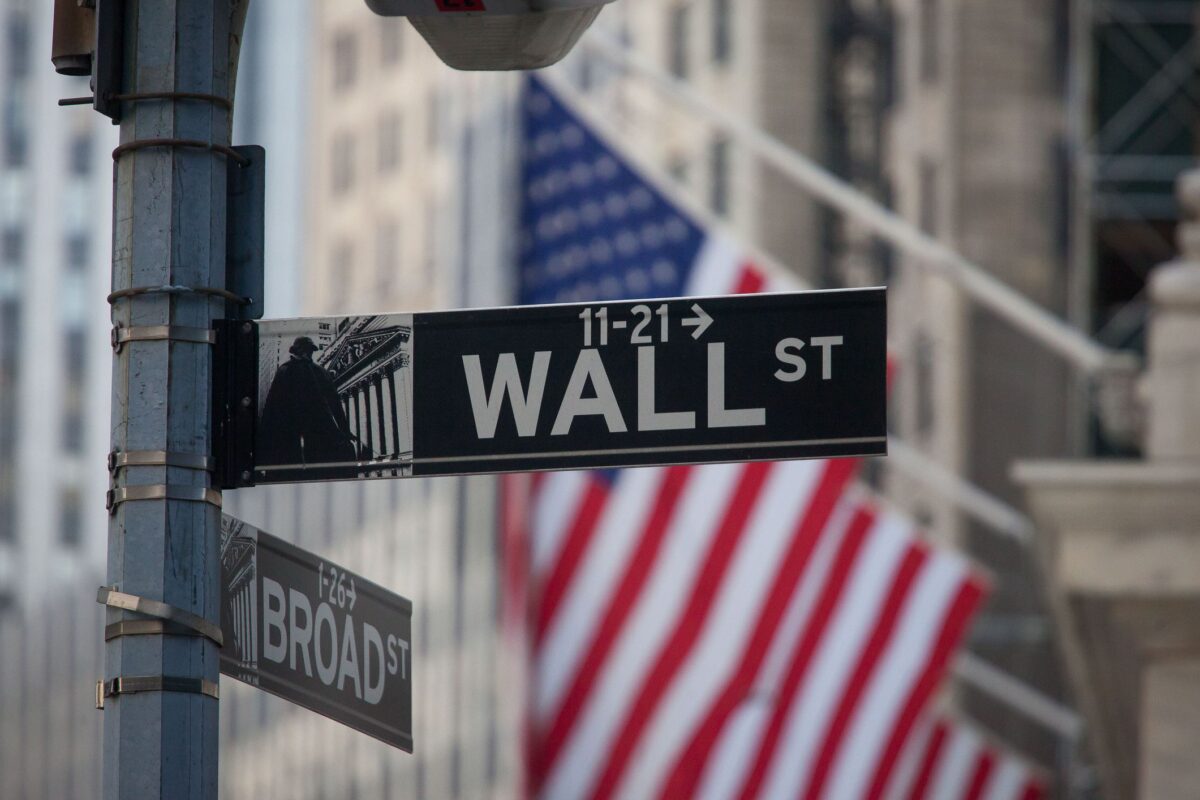Wall Street Banks Rethink Stock Market Outlook as Uncertainty Grows
09.03.2025 10:00 1 min. read Alexander Zdravkov
Wall Street’s biggest banks are rethinking their stock market outlook, with JPMorgan Chase, Goldman Sachs, and Morgan Stanley adjusting their expectations amid growing economic uncertainty.
JPMorgan’s Andrew Tyler now sees short-term downside risks for equities, citing economic headwinds and investor sentiment turning defensive. His team attributes much of the weakness to ongoing trade tensions under President Donald Trump, warning that markets may react by shifting to recessionary strategies.
Recent tariff hikes on Canada and Mexico, triggering a 500-point drop in the Dow, have only fueled concerns. Goldman Sachs’ David Kostin argues that stock valuations haven’t fallen enough to justify a rebound and believes market strength will only return alongside economic improvement.
Meanwhile, Morgan Stanley’s Andrew Slimmon predicts lackluster stock performance in 2025, describing it as a potential “pause year” following the extended bull run since 2023. He points to persistent high interest rates and geopolitical instability as factors that could dampen investor optimism.
Interestingly, all three firms were previously bullish on the S&P 500, forecasting a climb to 6,500 points by 2025 under Trump’s economic policies. Now, with markets shedding $3.4 trillion in value, that confidence appears to be wavering.
-
1
Chinese Tech Firms Turn to Crypto for Treasury Diversification
26.06.2025 17:00 1 min. read -
2
FTX Halts Recovery Payments in 49 Countries: Here Is the List
04.07.2025 18:00 2 min. read -
3
What Are the Key Trends in European Consumer Payments for 2024?
29.06.2025 8:00 2 min. read -
4
What Brian Armstrong’s New Stats Reveal About Institutional Crypto Growth
29.06.2025 15:00 2 min. read -
5
Here is Why the Fed May Cut Rates Earlier Than Expected, According to Goldman Sachs
08.07.2025 15:00 2 min. read
U.S. Public Pension Giant Boosts Palantir and Strategy Holdings in Q2
According to a report by Barron’s, the Ohio Public Employees Retirement System (OPERS) made notable adjustments to its portfolio in Q2 2025, significantly increasing exposure to Palantir and Strategy while cutting back on Lyft.
Key Crypto Events to Watch in the Next Months
As crypto markets gain momentum heading into the second half of 2025, a series of pivotal regulatory and macroeconomic events are poised to shape sentiment, liquidity, and price action across the space.
Here is Why Stablecoins Are Booming, According to Tether CEO
In a recent interview with Bankless, Tether CEO Paolo Ardoino shed light on the growing adoption of stablecoins like USDT, linking their rise to global economic instability and shifting generational dynamics.
U.S. Dollar Comes Onchain as GENIUS Act Ushers in Digital Era
In a statement that marks a major policy shift, U.S. Treasury Secretary Scott Bessent confirmed that blockchain technologies will play a central role in the future of American payments, with the U.S. dollar officially moving “onchain.”
-
1
Chinese Tech Firms Turn to Crypto for Treasury Diversification
26.06.2025 17:00 1 min. read -
2
FTX Halts Recovery Payments in 49 Countries: Here Is the List
04.07.2025 18:00 2 min. read -
3
What Are the Key Trends in European Consumer Payments for 2024?
29.06.2025 8:00 2 min. read -
4
What Brian Armstrong’s New Stats Reveal About Institutional Crypto Growth
29.06.2025 15:00 2 min. read -
5
Here is Why the Fed May Cut Rates Earlier Than Expected, According to Goldman Sachs
08.07.2025 15:00 2 min. read


